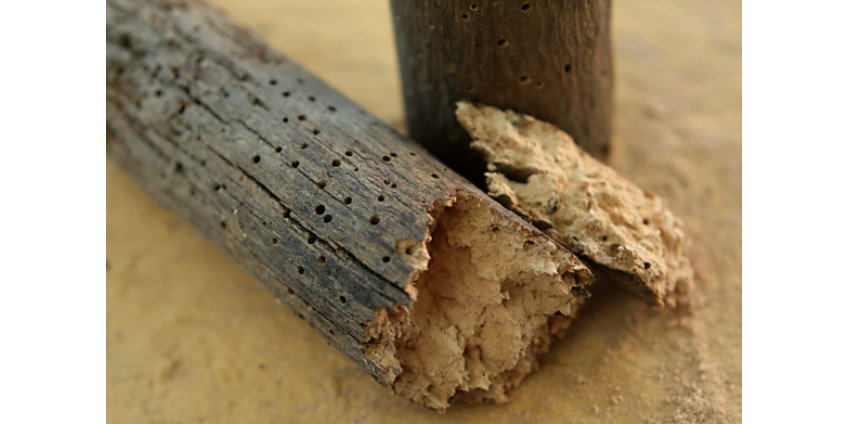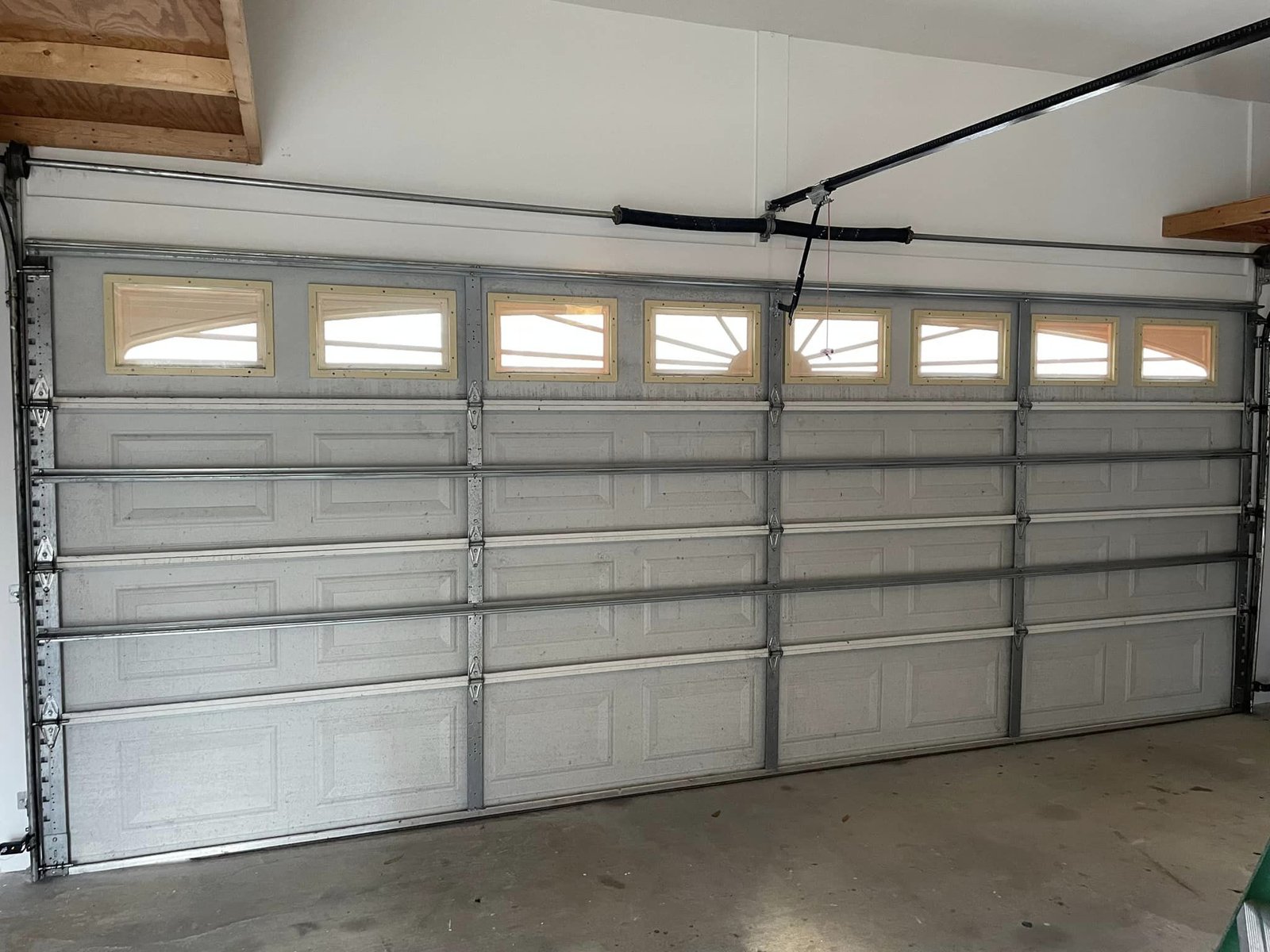Understanding Woodworms: The Key to Protecting Your Home from Destruction
Woodworms might be small, but they are capable of causing immense damage to your home if left unchecked. These pests silently invade wooden surfaces, feeding on the structure of your furniture, floors, and beams. Over time, the damage can become extensive, leading to costly repairs and structural concerns. In this article, we’ll walk you through everything you need to know about woodworms, including how to identify them, prevent infestations, and treat the damage. For expert pest control solutions, visit Woodworms for comprehensive services.
What Are Woodworms?
Woodworms are the larvae of wood-boring beetles. The beetles lay their eggs in cracks or crevices in wooden surfaces, and when the eggs hatch, the larvae begin burrowing into the wood to feed. As they feed, they create tunnels inside the wood, gradually weakening it over time. The larvae remain hidden deep inside the wood, making it difficult to spot them until significant damage has been done.
The damage caused by woodworms can be severe. As the larvae tunnel through the wood, they leave behind a network of holes and weakening, which can make your wooden furniture, beams, and floors unsafe. While older homes with untreated wood are more susceptible, newer homes with excess moisture can also fall victim to woodworm infestations.
How to Spot the Signs of a Woodworm Infestation
Recognizing woodworm damage early is key to preventing further destruction. Here are a few signs to look out for:
-
Tiny Exit Holes: The adult beetles create small, round exit holes (usually around 1-2mm in diameter) when they emerge from the wood.
-
Frass (Wood Dust): Woodworms expel fine powder (known as frass) as they tunnel through the wood. You may find this dust around the exit holes or on the floor near affected areas.
-
Weakened Wood: The wood will feel soft and fragile as the larvae feed and hollow out the structure. If the wood breaks easily or crumbles when touched, it has likely been weakened by woodworms.
-
Visible Beetles: You may see adult beetles, which are typically small, brown, or black, flying around wooden surfaces during warmer months. These beetles are a sign that your home may have a woodworm infestation.
Why Woodworms Are a Problem
Woodworms might appear to be small, but they can cause significant structural damage over time. The larvae weaken the wood, and the damage can lead to serious issues like collapsing beams or crumbling floors. Since the damage occurs deep inside the wood, it’s often difficult to detect until it becomes severe.
The real danger lies in the fact that woodworms can spread quickly throughout a home. What begins as a small infestation can eventually affect multiple areas of your house, leading to higher repair costs and potentially compromising the integrity of your home.
Preventing Woodworm Infestations
The most effective way to deal with woodworms is to prevent them from infesting your home in the first place. Here are a few strategies to protect your home:
-
Control Humidity: Woodworms thrive in moist environments. To prevent an infestation, keep your home’s humidity levels under control. Ensure that areas like basements, attics, and crawl spaces are well-ventilated and dry.
-
Wood Treatments: If you’re adding new wooden furniture, flooring, or beams, treat them with a preservative that protects against woodworms. This treatment creates a barrier against infestation.
-
Regular Inspections: Periodically check for signs of woodworm damage, especially in older homes. Regular inspections help catch infestations early, allowing you to address them before the damage spreads.
How to Treat Woodworms
If you discover that your home has a woodworm infestation, here are a few ways to treat it:
-
Chemical Insecticides: One of the most effective treatments for woodworms is the use of chemical insecticides. These products penetrate the wood and kill the larvae. They can be applied directly to the affected wood with a brush or spray.
-
Fumigation: In more severe infestations, fumigation may be necessary. This involves sealing off the affected area and introducing a gas that eliminates both the larvae and adult beetles.
-
Boric Acid: Boric acid is a safer, more natural alternative to chemical treatments. It effectively kills woodworm larvae without harming the environment or posing significant risks to humans and pets.
-
Professional Pest Control: If the infestation is too widespread to handle on your own, it’s best to call a pest control professional. They have the experience and tools to tackle the problem effectively and safely.
Repairing the Damage Caused by Woodworms
Once you’ve dealt with the infestation, you’ll need to repair the damage. For small infestations, you can fill the exit holes with wood filler or epoxy. However, if the damage is extensive, it may be necessary to replace the affected wood entirely, particularly in structural areas like beams or flooring.
If the damage is significant, consulting a professional carpenter or contractor is a good idea to ensure that the repairs are done properly. They can help restore the integrity of the affected areas and prevent further issues.
Conclusion
Woodworms may be small, but they can have a significant impact on your home’s wooden structures. Early detection and timely treatment are crucial to protecting your property from these destructive pests. Regular inspections, moisture control, and wood treatments are key to preventing woodworms. If you find yourself dealing with an infestation, take immediate action to prevent further damage. For expert pest control services and more information on woodworms.







